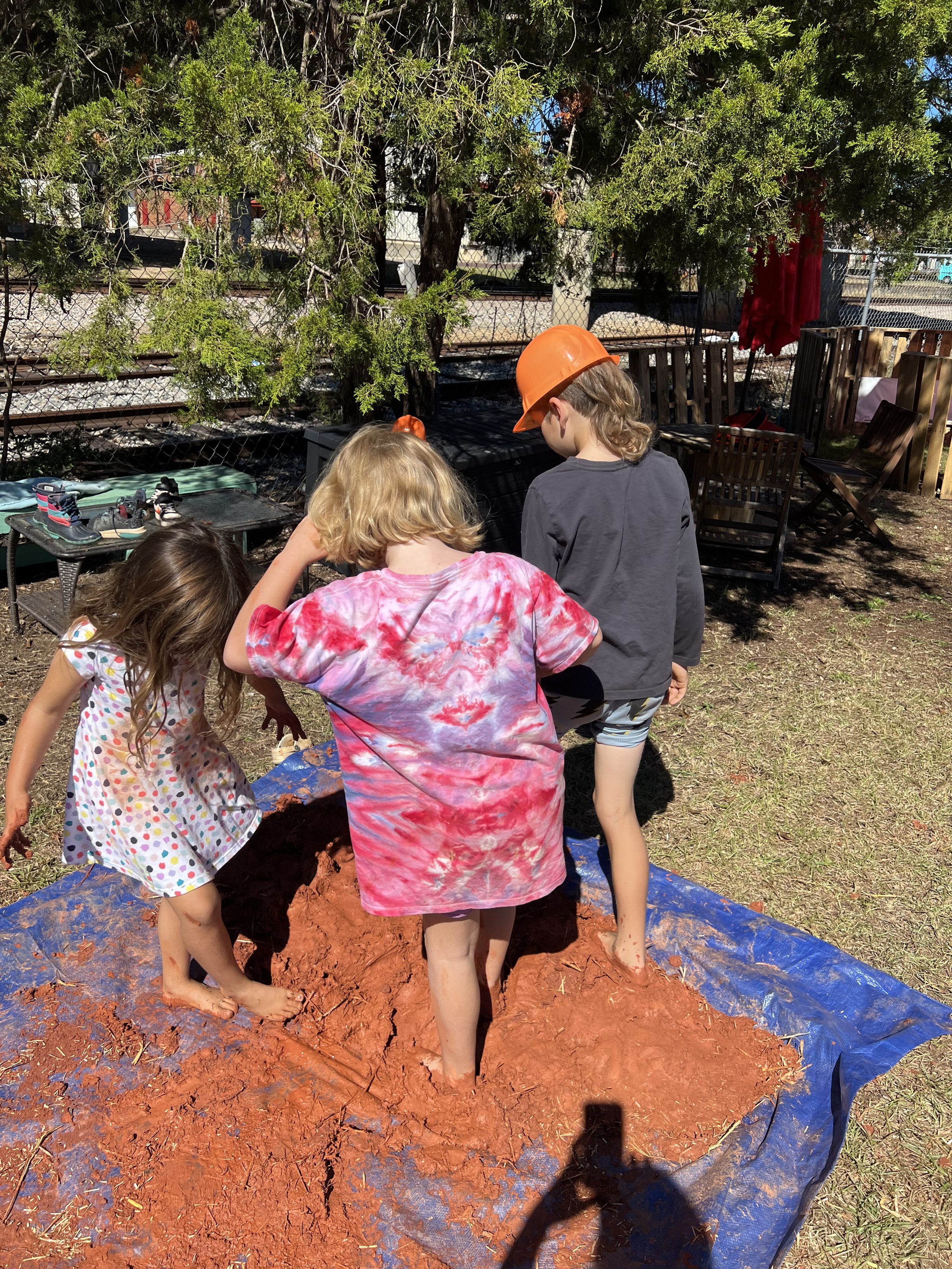
Learning and Development
Children have the innate desire to ask questions and learn, explore and discover, play, and experience their surroundings. Wildwood supports this experiential learning through a framework that is nature-centered, play-based, and self-directed, yet roused through inquiry and emergent curriculum offerings. The guides of Wildwood draw inspiration from these learning models utilizing “coyote mentoring” to facilitate the learning experience.
Read on to find more details on these models below.
“Curiosity is the engine of achievement. ”
Nature based
An educational approach that emphasizes outdoor, experiential, hands-on learning, nature exploration, and child-led experiences in natural environments. The Forest School ethos recognizes that learning goes beyond academic subjects. It focuses on the holistic development of children, encompassing physical, emotional, social, and cognitive aspects. This interdisciplinary approach utilizes the book of nature as the primary “curriculum” in which to experience various subjects, such as science, math, art, and language arts, creating a holistic and well-rounded educational experience.
Forest School programs often involve regular and repeated visits to natural settings over an extended period; this extended exposure allows participants to develop a deeper understanding of the environment and their place within it.
Overall, the Forest School ethos seeks to create a rich and nurturing learning environment that allows children and individuals to develop a deep connection with nature, gain valuable life skills, and cultivate a love for lifelong learning.
Self-directed
“If you can light the spark of curiosity in a child, they will learn without any further assistance, very often.”
“Education that derives from the self-chosen activities and life experiences of the learner.”
It aligns with the idea that learning is a lifelong process, and individuals can take an active role in shaping their educational experiences.
“Self-directed education can include organized classes or lessons, if freely chosen by the learner; but most self-directed education is more informal and part of everyday life. Play, trying something new, having lunch with a friend, reading science fiction on the subway: there’s learning in all these endeavors, and in Self-Directed Education, as long as the learner is making their own choices that learning is granted as much value and space as more formal pursuits. The motivating forces that make all of us learners include curiosity, playfulness, and sociability. Self-directed education necessarily leads different individuals along different paths, though the paths may often overlap, as each person’s interests and goals in life are in some ways unique and in some ways shared by others.”
Emergent Curriculum and Choices
“Creativity is putting your imagination to work, and it’s produced the most extraordinary results in human culture.”
Learning is a dynamic and emergent process; each day differs from the last. Kids drive the learning process while guides support, encourage, and inspire. Children have choices and opportunities to discover what interests them, allowing them to build more quality connections with learning.
Our guides will never make any planned curricula more important than the learner. Our days remain flexible and dynamic, always planning for our day with the 50/50 principle, or having a plan and knowing we will likely divert half the time to follow the interests of the group. We never require participation in an activity, rather, learners are empowered to decide how they will participate or engage in the activity. We encourage students to challenge themselves and participate fully in the experience at hand; however, fully respect the decision of the child and their personalized level of engagement. Learners are asked to add value to the experience by finding a way to contribute to the group’s efforts in a way that is meaningful and authentic for them.
Creating an environment that reflects freedom of choice enables learners to feel comfortable exploring new topics or interests without pressure or externally motivating factors. While we do use the term “curriculum”, these are simply “offerings” to explore, if the child chooses.
“Free play is the means by which children learn to make friends, overcome their fears, solve their own problems, and generally take control of their own lives ”
Play Based
Children are born with the instinct to play and explore on their own, independent of adults. Free play is how children learn to structure their behavior. They learn how to regulate their emotions, resolve conflict, help others, negotiate, problem solve, and see the consequences and successes of their own decisions. In our minds, there is nothing more important than unstructured free play in the early years. For more information on the research of play-based learning, see the resources section.



